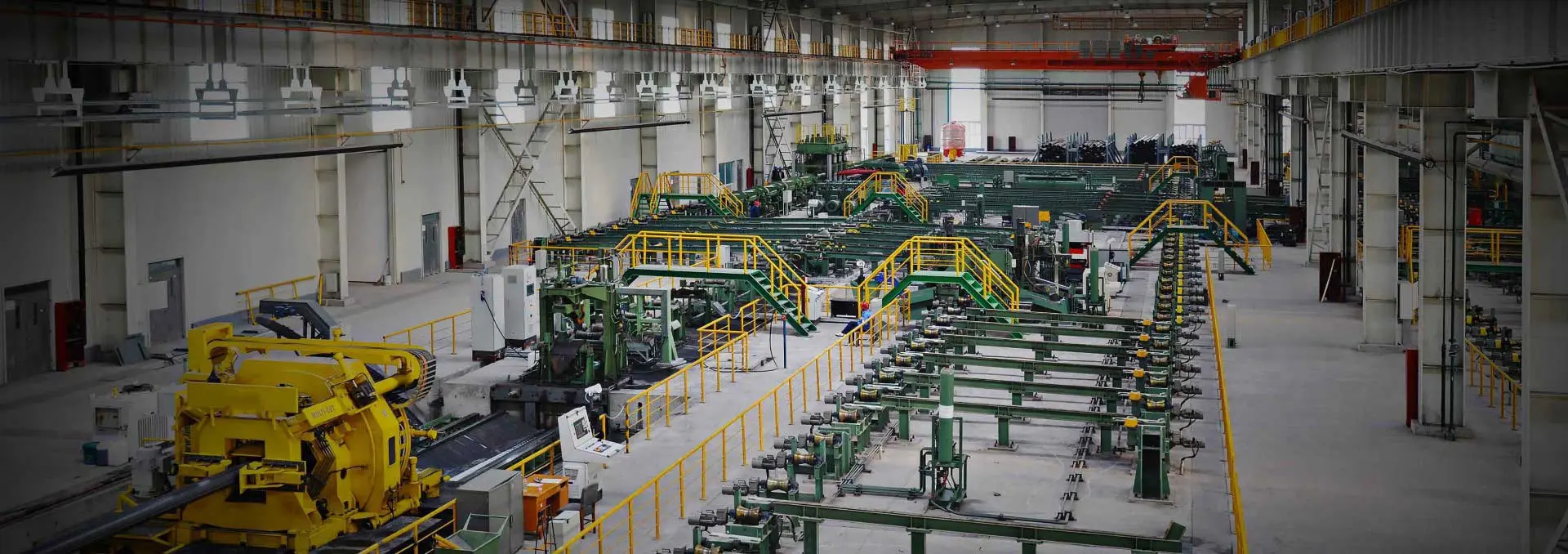ASTM A500 covers cold-formed welded and seamless carbon steel structural tubing in round, square, rectangular, and special shapes, intended for use in bridges, buildings, and general structural applications. The tubes can be joined by welding, riveting, or bolting, making them versatile for a wide range of construction purposes.
Among the available options, Grade B and Grade C are the two most commonly used grades. Understanding their differences allows you to make a faster and more informed decision when a specific grade is not clearly required for your project.
In the following section, we will compare Grade B and Grade C in terms of chemical composition, mechanical properties, cost, and applications.
At Union Steel Industry, we offer a complete range of ASTM A500 products in standard sizes and wall thicknesses, covering both pipe and tube to meet various project needs.
Chemical Composition
|
Composition, %
|
ASTM A500 Grade B
|
ASTM A500 Grade C
|
|
Heat Analysis
|
Product Analysis
|
Heat Analysis
|
Product Analysis
|
|
Carbon, max
|
0.26
|
0.30
|
0.23
|
0.27
|
|
Manganese, max
|
1.35
|
1.40
|
1.35
|
1.40
|
|
Phosphorus, max
|
0.035
|
0.045
|
0.035
|
0.045
|
|
Sulfur, max
|
0.035
|
0.045
|
0.035
|
0.045
|
|
Copper, min
|
0.20
|
0.18
|
0.20
|
0.18
|
When comparing the two grades, the differences are minimal and mainly related to carbon content.
For thermal analysis, the maximum carbon content is 0.26% for Grade B and 0.23% for Grade C.
For product analysis, the limits are 0.30% for Grade B and 0.27% for Grade C.
Because of its slightly lower carbon content, Grade C offers improved weldability. The reduced carbon level minimizes the risk of cracking during welding and makes the process easier and more reliable.
Mechanical Properties
|
Tensile
|
ASTM A500 Grade B
|
ASTM A500 Grade C
|
|
Tensile strength, min
|
58000 psi [400 MPa]
|
62000 psi [425 MPa]
|
|
Yield strength, min
|
46000 psi [315 MPa]
|
50000 psi [345 MPa]
|
|
Elongation in 2 in. (50 mm), min, %
|
23
|
21
|
Grade C provides higher tensile and yield strength compared to Grade B, making it more suitable for structural applications where greater strength is required. On the other hand, Grade B offers higher elongation, giving it better toughness and making it suitable for applications where some flexibility and ductility are needed.
Price
In general, Grade C tends to be slightly more expensive than Grade B due to its enhanced performance characteristics. For exact pricing, please contact us for the latest quotation.
Applications
Although both grades are widely used for structural and mechanical purposes, their application focus differs based on their properties:
Grade B: Ideal for pipe supports, equipment frames, guardrails, signposts, and similar applications that require moderate strength with good toughness.
Grade C: Better suited for bridges, buildings, platforms, and other load-bearing structures where higher strength is essential.
For more:ASTM A500 grade B and C structural steel pipe and tube

 English
English Español
Español




 Tel : +86-18565811709
Tel : +86-18565811709 Email :
Email : 
 News
News




